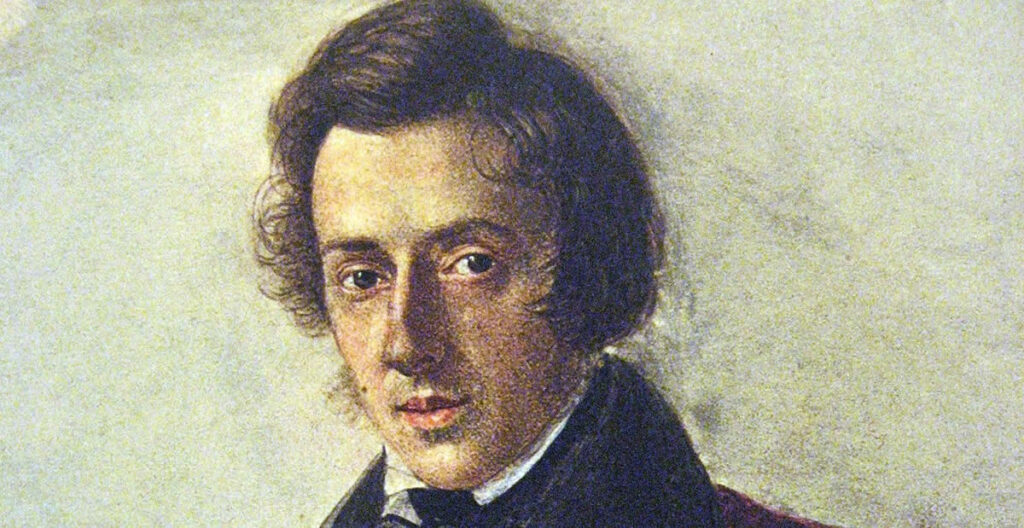Frédéric Chopin, one of the most celebrated composers of the Romantic era, is renowned for his emotionally rich and technically brilliant piano compositions. Among his most iconic works are the Nocturnes, a series of solo piano pieces that epitomize his gift for melody, innovation, and expressive depth. The Nocturnes capture the intimate beauty and contemplative atmosphere of the night, making them some of the most cherished pieces in classical piano repertoire.
Origins of the Nocturne Form
The term nocturne, meaning “night piece,” was popularized in the early 19th century by the Irish composer John Field. Field’s nocturnes were characterized by their lyrical melodies, flowing accompaniments, and serene moods, often invoking the calm of the night. Chopin, inspired by Field’s work, elevated the form to new artistic heights, infusing it with his unique harmonic language, technical mastery, and emotional depth.
Chopin’s Approach to the Nocturne
Between 1827 and 1846, Chopin composed 21 nocturnes, published in sets throughout his career. Each nocturne is a masterpiece of musical poetry, often featuring a singing melody in the right hand accompanied by arpeggiated or chordal patterns in the left hand. Chopin’s nocturnes explore a wide emotional range, from the tranquil and tender to the passionate and turbulent.
What sets Chopin’s nocturnes apart is his use of innovative harmonies, chromaticism, and daring modulations, creating pieces that feel both timeless and deeply personal. His works often exhibit a blend of simplicity and complexity, appealing to both novice listeners and seasoned musicians.
Key Highlights from Chopin’s Nocturnes
- Nocturne in E-flat Major, Op. 9, No. 2
One of Chopin’s most famous nocturnes, this piece is beloved for its lyrical melody and gentle embellishments. Its flowing rhythms and serene charm make it a quintessential example of Chopin’s genius. - Nocturne in C-sharp Minor, Op. Posth.
Composed in 1830 but published posthumously, this nocturne is a favorite among pianists for its dramatic shifts between melancholic introspection and fiery passion. - Nocturne in D-flat Major, Op. 27, No. 2
This nocturne showcases Chopin’s sophisticated use of ornamentation and harmonic exploration, creating a dreamy and ethereal atmosphere. - Nocturne in B-flat Minor, Op. 9, No. 1
The first nocturne in Chopin’s published set, this piece introduces listeners to his profound ability to blend lyrical beauty with emotional intensity.
Impact and Legacy
Chopin’s Nocturnes have had a profound influence on both classical and modern music. They expanded the expressive potential of the piano, inspiring composers like Debussy, Rachmaninoff, and Liszt. Beyond their historical significance, the Nocturnes continue to captivate audiences and musicians alike, embodying the timeless appeal of Chopin’s artistry.
Whether experienced in a concert hall, played in solitude, or listened to on a quiet evening, Chopin’s Nocturnes remain a testament to the power of music to evoke the deepest emotions and transport listeners to a world of beauty and introspection.


Comments are closed